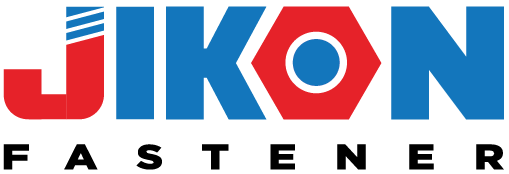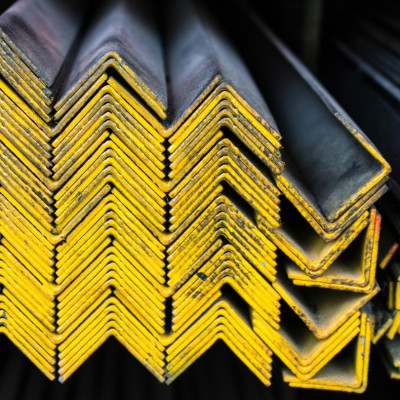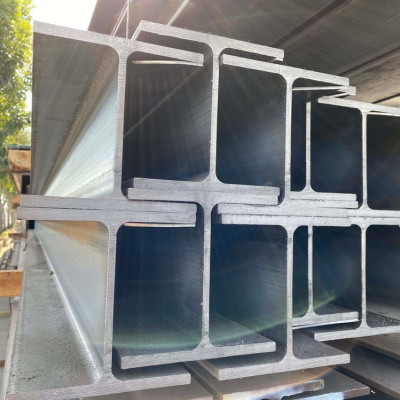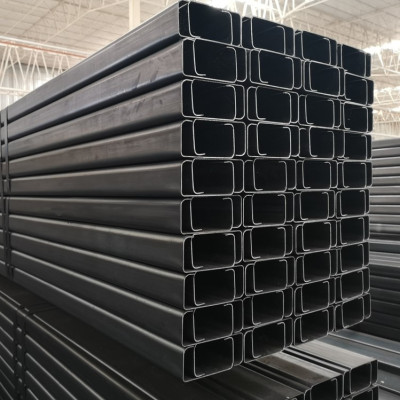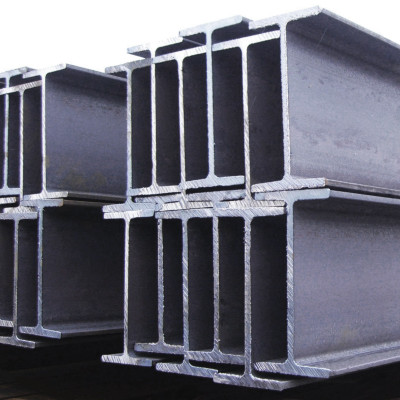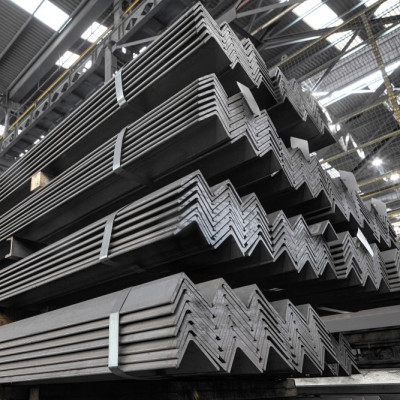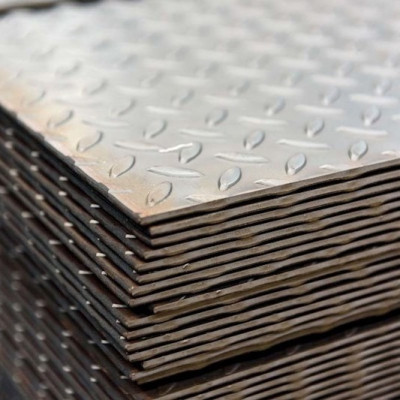A steel plate is a type of steel product manufactured in a flat sheet form with a uniform thickness across its entire surface. Steel plates are typically produced by either hot rolling or cold rolling from steel coils and are subsequently cut into specific-sized sheets.
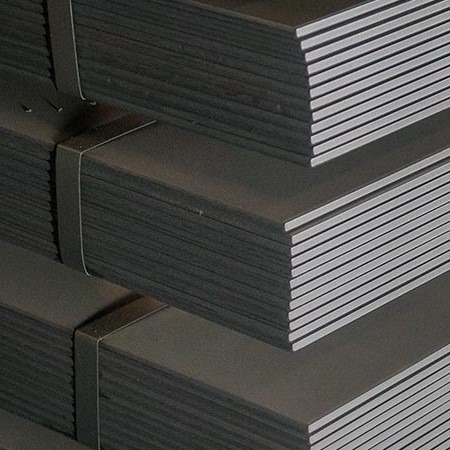
Advantages:
1. High Strength: Steel plates typically have high strength, meaning they can withstand high loads and pressures without deforming or breaking.
2. Easy Cutting and Fabrication: Steel plates are easy to cut and fabricate into various shapes and sizes, making them suitable for various applications.
3. Stability: Steel plates have stability and do not deform under the influence of temperature or heavy loads.
4. Corrosion Resistance: Some types of steel plates are coated with corrosion-resistant layers such as stainless steel, helping them resist the effects of a humid environment and other corrosive substances.
Applications:
1. Construction: Steel plates are often used in construction to create steel structures for buildings, bridges, and other construction projects.
2. Machinery and Equipment Manufacturing: Steel plates are widely used in the industrial sector for manufacturing machinery, equipment, and industrial components.
3. Automotive: Steel plates are also used in automobile manufacturing to create vehicle frames and basic components.
4. Food and Medical: Stainless steel plates are commonly used in the food and medical industries to create equipment, utensils, and medical instruments.
5. Aerospace and Aviation: In these industries, steel plates can be used to manufacture structural components and outer shells of aircraft and spacecraft.
The advantages and applications of steel plates make them an important and versatile material in various industries.
